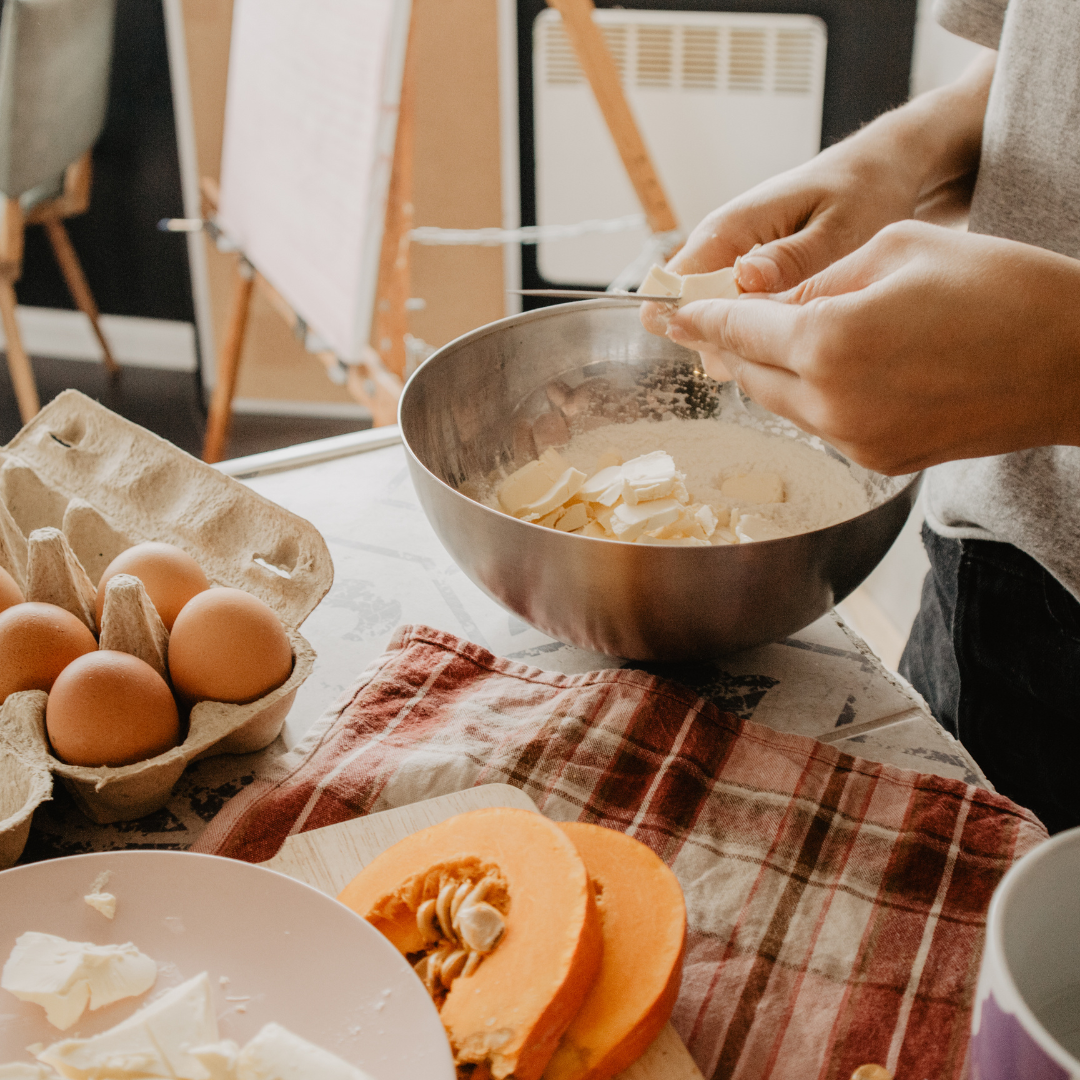Baking is a lot like cooking but there are certain things that are different in terms of process. It is more about temperature, while on the other hand, cooking is more about time. When baking, it’s important to get the temperature of the oven right. If the oven is too hot, the baked food will be overcooked, and if the oven is too cold, it will be undercooked. That’s why it’s important to measure baking ingredients properly.
The quality of your baked food not only depends on the quality of the ingredients but also on the proper measuring of those ingredients. Baking is a science—the process of knowing how to measure and bake the ingredients accurately is essential to creating the best-tasting desserts possible. However, with so many ingredients and possible measurements, how can you be sure you’re doing it right? Most cooks have their favorite recipes, often passed down from previous generations. They turn to the refrigerator or the cupboard, searching for the right ingredients to make the dish. But one ingredient often goes missing: measuring. If you can’t measure the ingredients correctly, the result will be an inferior dish.
There’s nothing worse than pouring in the flour, sugar, or other ingredients for a baked food, only to realize that you accidentally poured in the wrong amount of each ingredient. Knowing how to measure ingredients properly is essential if you are baking with cake mixes, recipe box mixes, or from scratch. The last thing you want to do is mix up a batch of cake and then realize you have too much of one ingredient or not enough of another. Such an annoying mistake is called a “metric conversion” error, which can happen to anyone—even experienced bakers. Start baking better-baked goods by following a few basic rules.
Here’s How to Properly Measure Baking Ingredients:
Stick to measuring ingredients by volume, rather than weight, since each brand of flour, sugar, and other dry ingredients will measure differently.
While some recipes call for a very precise measurement of flour, sugar, or any dry ingredient, others leave it to the discretion of the baker. However, some ingredients don’t work well when measured differently. For example, if you measure flour by weight rather than volume, you may end up with an inferior product. When baking, you’ll often hear people advising you to measure ingredients by weight and convert those measurements to volume. While this can give more accurate results, it’s not always necessary. Measuring your ingredients by volume is the recommended system for baking, but it’s critical that you measure them accurately.
Make room for dry goods in your measuring cups and use a kitchen scale if your ingredients are specially dense.
You should know all of the variables that go into baking a recipe correctly. Doubling up on your ingredients isn’t the best idea, so it’s important for you to learn how to measure baking ingredients correctly. Measure the dry ingredients first, then add in the wet ingredients. If you’re using measuring cups, don’t pile the ingredients too high since the liquid will fill more to the top. Use your measuring cups only, not the spoons. And for dense ingredients like flour, use a kitchen scale to weigh your ingredients.
Sometimes, bake by weight rather than volume, because weight is much easier to work with and lets you know exactly what your ingredients are, rather than guessing about how many teaspoons or tablespoons of flour you need.
Some foods require precise measurements, while others call for the use of a 1⁄2 (or 1⁄4 ) measuring cup. When you bake, for example, you may have to make adjustments for fat, moisture, and volume. So, it’s important to measure ingredients by weight, rather than volume. Baking by weight allows you to measure the exact amount of each ingredient without having to guess how many teaspoons or tablespoons of flour or sugar you need.
There are dozens of distinct measurements for baking ingredients, from the standard teaspoon and cups to grams and ounces. Different people will have different results while measuring the baking elements. One cup, however, isn’t the same as another, therefore, measuring a baking ingredient properly is essential in order to ensure that your baked goods come outright. Proper measuring takes into account the type and desired baked product—whether it’s cake, cookies, or brownies.
Baking is a passion for many, but science for others. It is a skill that many of us have tried to learn. But, like cooking, it’s not so easy (especially when you don’t have the instructions in front of you). It can be frustrating since many recipes lack clear measurements that help us determine exactly how much each ingredient is required. It can vary based on things like humidity, altitude, and temperature. That’s why it’s important to measure ingredients properly to get great results.

